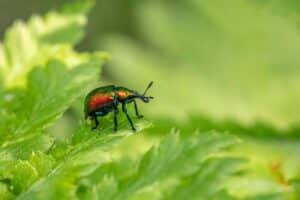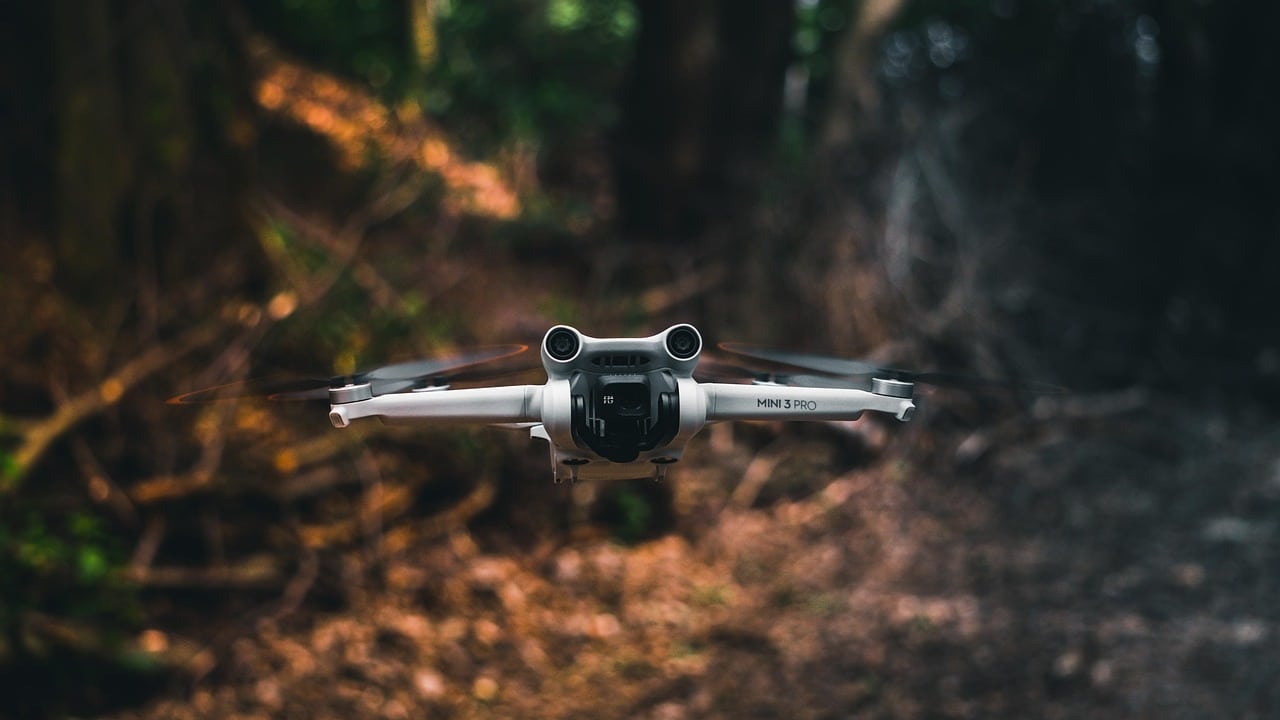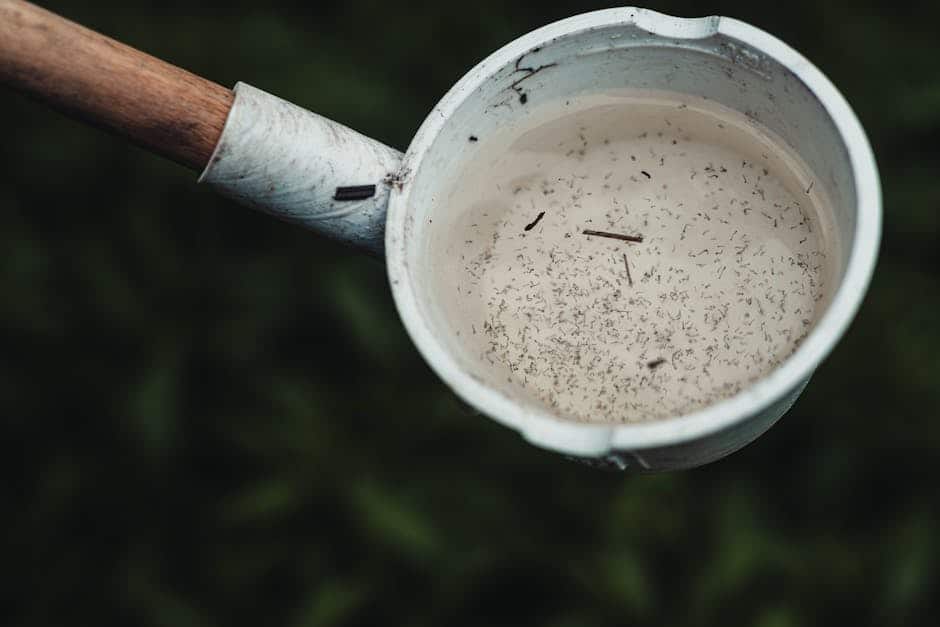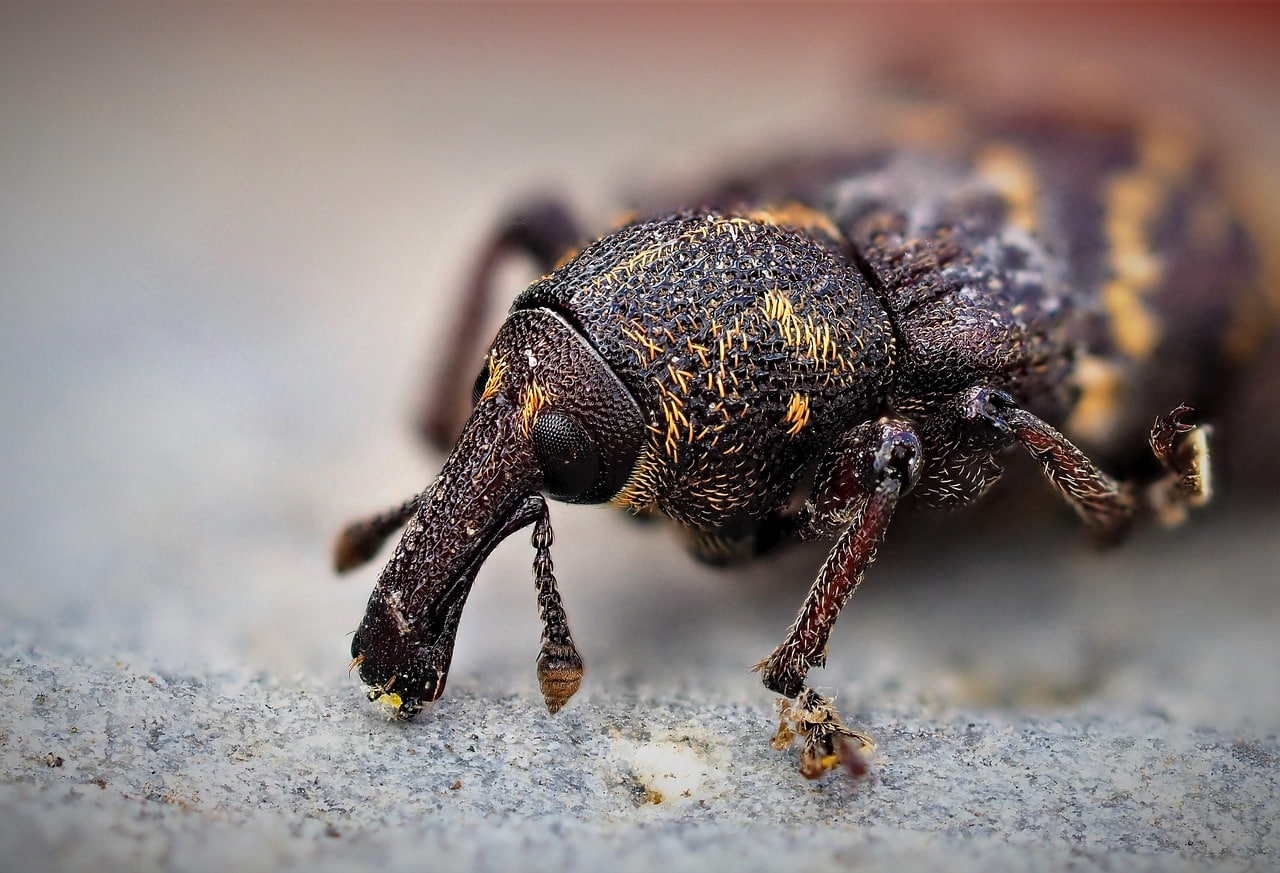Understanding Innovative Technologies in Pest Management
Innovative technologies in pest management are revolutionizing the way we approach pest control, making it more effective, sustainable, and environmentally friendly. With the rise of smart technology and data analytics, pest management professionals can now utilize advanced tools that enhance precision and reduce the reliance on chemical treatments. This shift not only helps in managing pest populations more effectively but also minimizes the ecological impact of pest control methods.
One of the most significant advancements in this field is the use of integrated pest management (IPM) strategies, which combine various control methods to minimize the use of pesticides. These strategies often incorporate technologies such as:
- Remote Sensing: Using drones and satellite imagery to monitor pest activity and crop health in real-time.
- Smart Traps: Devices equipped with sensors that detect pest presence and send alerts to pest control professionals.
- Predictive Analytics: Leveraging data analysis to forecast pest outbreaks and optimize intervention strategies.
Additionally, advancements in biological control methods, such as the use of beneficial insects or microbial pesticides, are gaining traction. These methods are not only effective in controlling pest populations but also support biodiversity and promote a healthier ecosystem. The incorporation of these biological agents, combined with technology-driven monitoring systems, allows for a more holistic approach to pest management.
Furthermore, the integration of artificial intelligence (AI) and machine learning into pest management is enabling more precise targeting of interventions. AI algorithms can analyze vast amounts of data to identify patterns in pest behavior and predict future infestations. This technology empowers pest management professionals to tailor their strategies to specific environments and pest species, resulting in more efficient and sustainable outcomes.
Top Innovative Technologies Revolutionizing Pest Control
The pest control industry is undergoing a transformative shift, thanks to groundbreaking technologies that enhance efficiency and effectiveness. These innovations not only improve pest management practices but also prioritize environmental sustainability. As the demand for safer and more effective pest control solutions grows, several key technologies are leading the charge.
1. Smart Traps and Monitoring Systems
One of the most exciting advancements in pest control is the introduction of smart traps and monitoring systems. These devices utilize IoT (Internet of Things) technology to provide real-time data on pest activity. Smart traps can automatically capture pests and send alerts to pest control professionals or property owners. This allows for a more targeted approach, reducing the need for widespread pesticide application.
- Real-time data collection: Continuous monitoring helps identify pest trends and hotspots.
- Automated alerts: Notifications prompt immediate action, minimizing damage.
- Reduced pesticide use: Targeted treatments lower environmental impact.
2. Biopesticides and Natural Predators
Biopesticides derived from natural materials are gaining popularity as a safer alternative to traditional chemical pesticides. These environmentally friendly solutions harness the power of natural predators, fungi, and bacteria to control pest populations. Innovations in biopesticide formulations have made them more effective, enabling pest control professionals to use them in various settings, from agriculture to urban environments.
- Less chemical exposure: Safer for humans, pets, and beneficial insects.
- Targeted action: Biopesticides often affect only specific pests, preserving ecological balance.
- Regulatory approval: Many biopesticides are approved for organic farming, catering to consumer demand.
3. Drones and Aerial Surveillance
Drones are revolutionizing pest control by providing aerial surveillance capabilities that were previously unimaginable. Equipped with advanced imaging technology, drones can identify pest infestations in hard-to-reach areas, allowing pest control professionals to assess the situation accurately. This aerial perspective enables more efficient treatment strategies and minimizes the disturbance to the surrounding environment.
- Precision application: Drones can deliver treatments precisely where needed, reducing waste.
- Comprehensive mapping: Aerial surveys provide valuable data for long-term pest management planning.
- Time-saving: Drones cover large areas quickly, speeding up the inspection process.
These innovative technologies are not just enhancing pest control effectiveness; they are also paving the way for more sustainable practices that align with modern environmental standards. As these advancements continue to evolve, the future of pest control looks promising, offering solutions that are both effective and eco-friendly.
The Benefits of Using Innovative Technologies in Pest Management
The integration of innovative technologies in pest management has revolutionized the way we approach pest control. These advancements not only enhance efficiency but also contribute to more sustainable practices. One of the primary benefits is the ability to utilize data-driven insights. Technologies such as IoT (Internet of Things) devices and drones allow for real-time monitoring of pest populations and environmental conditions, enabling pest management professionals to make informed decisions. This precision helps in targeting specific areas that require intervention, reducing the overall usage of pesticides and minimizing environmental impact.
Another significant advantage is the enhancement of preventative measures. With the use of advanced software and predictive analytics, pest management can shift from reactive to proactive strategies. For example, machine learning algorithms can analyze historical data to predict pest outbreaks, allowing for timely interventions before infestations occur. This not only saves costs associated with extensive pest damage but also protects public health and safety by mitigating the risks associated with pest-related diseases.
Moreover, innovative technologies facilitate integrated pest management (IPM) approaches. By combining biological control methods with technological solutions, pest control can become more holistic and environmentally friendly. Technologies such as smart traps and automated pest detection systems enable the use of natural predators and beneficial insects, promoting biodiversity while effectively managing pest populations. This synergy of technology and nature leads to a healthier ecosystem and sustainable agricultural practices.
Finally, the accessibility of these technologies empowers consumers and businesses alike. Mobile applications and online platforms provide users with valuable resources and tools for pest identification and management. This democratization of pest management knowledge fosters greater awareness and encourages individuals to take proactive steps in protecting their homes and businesses. As a result, innovative technologies not only streamline pest management practices but also engage and educate the community, creating a more informed approach to pest control.
How Innovative Technologies Improve Pest Management Efficiency
Innovative technologies are revolutionizing the field of pest management, enhancing efficiency and effectiveness in various ways. By integrating advanced tools and methods, pest control professionals can address infestations with greater precision and speed. One of the key advancements is the use of smart sensors and IoT (Internet of Things) devices. These technologies enable real-time monitoring of pest activity, allowing for timely interventions that prevent infestations from escalating.
Another significant innovation is the application of drones for aerial surveillance and targeted pesticide application. Drones can cover large areas quickly and accurately, identifying pest hotspots that require immediate attention. This not only minimizes the use of chemicals but also reduces labor costs and the time needed to manage extensive properties. Furthermore, the data collected by drones can be analyzed to inform future pest management strategies, leading to more sustainable practices.
Automation and AI are also playing a crucial role in pest management. Artificial intelligence algorithms can analyze historical pest data to predict future outbreaks, enabling proactive measures. Automated pest control systems, such as robotic traps and bait stations, can operate continuously, reducing the need for constant human oversight. This technological integration allows pest management companies to allocate their resources more efficiently, focusing on high-priority areas while ensuring comprehensive coverage.
Finally, biotechnology is enhancing pest control methods by developing environmentally friendly solutions. Innovations such as genetically modified organisms (GMOs) and biopesticides target specific pests without harming beneficial insects or the surrounding ecosystem. These advancements not only improve pest management efficiency but also align with growing consumer demand for sustainable and eco-friendly practices in agriculture and urban settings. By embracing these innovative technologies, pest management professionals are better equipped to tackle the challenges of pest control in an increasingly complex environment.
Future Trends in Innovative Technologies for Pest Control
The pest control industry is on the brink of a technological revolution, driven by the need for more effective, sustainable, and environmentally friendly solutions. One of the most significant trends is the integration of smart technology into pest management systems. This includes the use of IoT (Internet of Things) devices that can monitor pest activity in real-time. For instance, sensors placed in strategic locations can detect the presence of pests and send alerts to pest control professionals, allowing for immediate intervention and minimizing the use of chemicals.
Another promising trend is the advancement of biological pest control methods. Innovations in genetic engineering are paving the way for the development of pest-resistant crops and the use of sterile insect techniques (SIT). This method involves releasing sterilized male pests into the environment to reduce the overall population. Additionally, the use of beneficial insects, such as ladybugs and predatory wasps, is gaining traction as a natural and sustainable way to manage pest populations without harming the ecosystem.
Furthermore, the rise of data analytics and machine learning is transforming how pest control companies approach their strategies. By analyzing historical data and patterns, companies can predict pest outbreaks and implement proactive measures. Machine learning algorithms can also optimize the timing and method of pest control interventions, ensuring that they are both effective and minimally invasive. This data-driven approach not only enhances efficiency but also significantly reduces costs associated with pest management.
Finally, the development of eco-friendly pest control products is becoming increasingly important. With a growing emphasis on sustainability, manufacturers are focusing on creating products derived from natural ingredients that are safe for humans and pets. Innovations such as plant-based insecticides and biodegradable traps are becoming more common, catering to consumers who are concerned about the environmental impact of traditional pest control methods. As these trends continue to evolve, the future of pest control looks promising, with a focus on safety, effectiveness, and sustainability.











